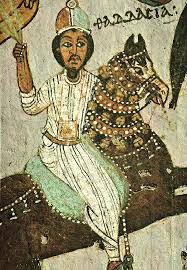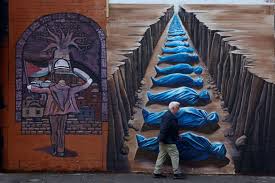
Menu

The Nubian villages of northern Sudan are renowned for their striking wall paintings and distinctive architectural styles. Nestled along the Nile, these settlements are not only beautiful but also steeped in centuries of cultural tradition. The homes, typically built from sun-dried mud bricks, have thick walls that provide insulation against the harsh desert climate. But it is the artistry on these walls that truly sets Nubian architecture apart.
Women in particular play a vital role in decorating these dwellings. After plastering the walls with a smooth layer of white or light-colored clay, they paint intricate geometric patterns, floral motifs, and symbolic designs using natural pigments in bold shades of blue, yellow, red, and black. These patterns often tell stories of family, heritage, and the local environment, transforming homes into living canvases of identity.
Beyond the paintings, the architecture itself is ingenious. Domed roofs and vaulted ceilings allow for cool interiors even in scorching heat. Courtyards serve as social spaces, while small, carefully placed windows control light and airflow. The result is an aesthetic that is both practical and stunning, seamlessly blending art with daily life.
In recent years, Nubian wall painting has gained international attention as a powerful example of vernacular art—art created by and for the local community, reflecting its values and history. Despite modernization pressures and displacement from dam projects along the Nile, many Nubian families strive to keep this tradition alive, repainting and restoring their homes regularly.
Nubian wall paintings and architecture stand as a testament to human creativity, resilience, and cultural pride. They are more than just decoration—they are a language of color and form that tells the story of a people and their enduring connection to the land.



